Highlights from the 11th International Symposium on Polymer Therapeutics
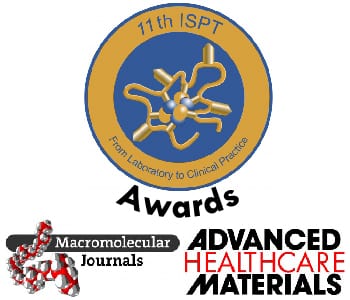

Highlights from the 11th International Symposium on Polymer Therapeutics
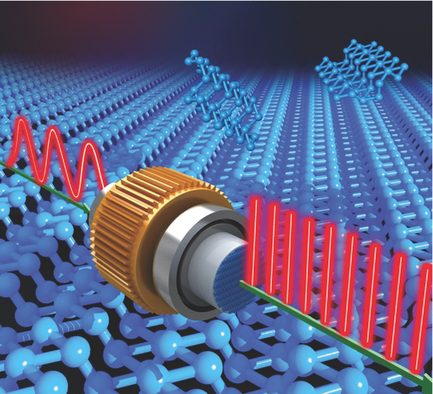
The month’s top articles from the field of nanooptics, optoelectronics, optical devices, detectors & sensors, micro/nano resonators and more.
Anisotropic conductive films can be produced by shear flow that induces the self-assembly of conductive fillers (like carbon nanotubes, graphene or inexpensive carbon black) into parallel stripes in a polymer matrix.
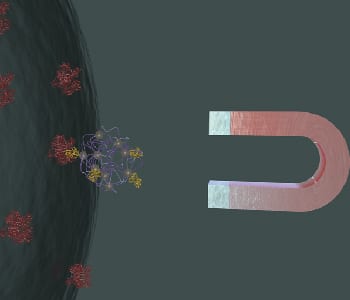
Nanogels were developed as magnetic capturing devices for circulating tumor cells and applied in the magnetic separation of human cancer cells from a mixed cell suspension.
Researchers have proposed a new idea to deliver anti-cancer drugs to tumor sites by combining immunotherapy and nanoparticles.
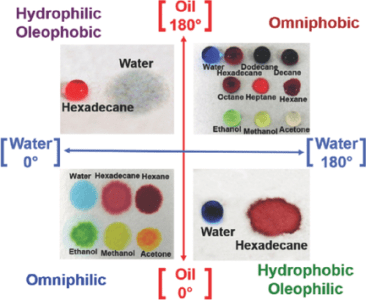
Open channel, paper-based microfluidic devices allow for the localization, manipulation, and transport of high- and low- surface tension liquids.
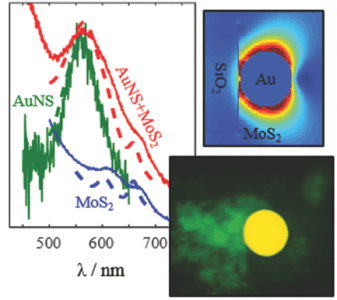
Researchers distinguish the origin and energetics of spectral features supported in nanoparticle-TMD monolayer hybrids.
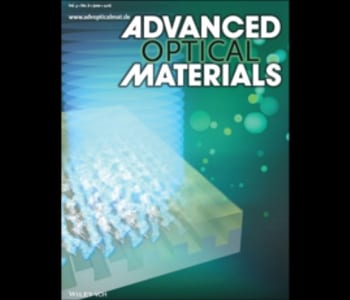
Check out the articles highlighted on the covers of the latest issue of Advanced Optical Materials.
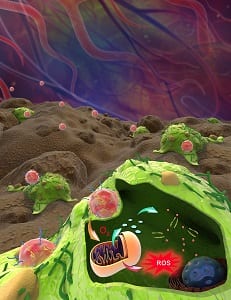
This nanocarrier shows excellent oxygen-carrying properties and ATP-responsive drug release, which makes it a potent agent for cancer therapy.
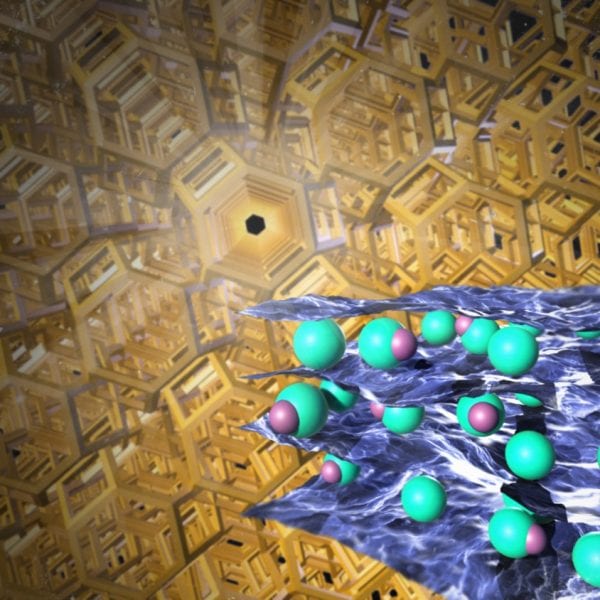
Researchers at the University of California, Santa Cruz have developed a two-step ion intercalation strategy to enhance the capacitance of graphene-based electrodes.